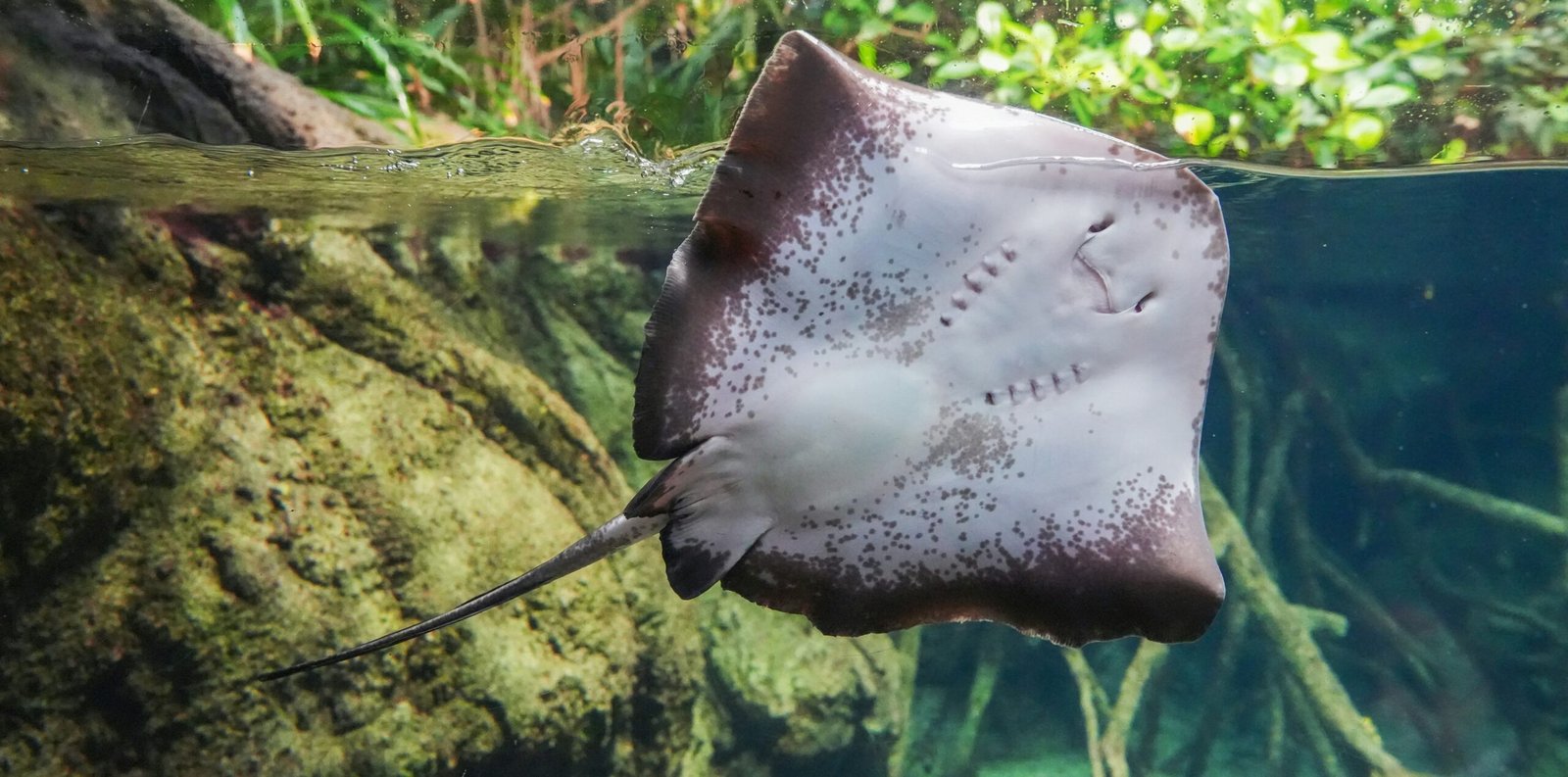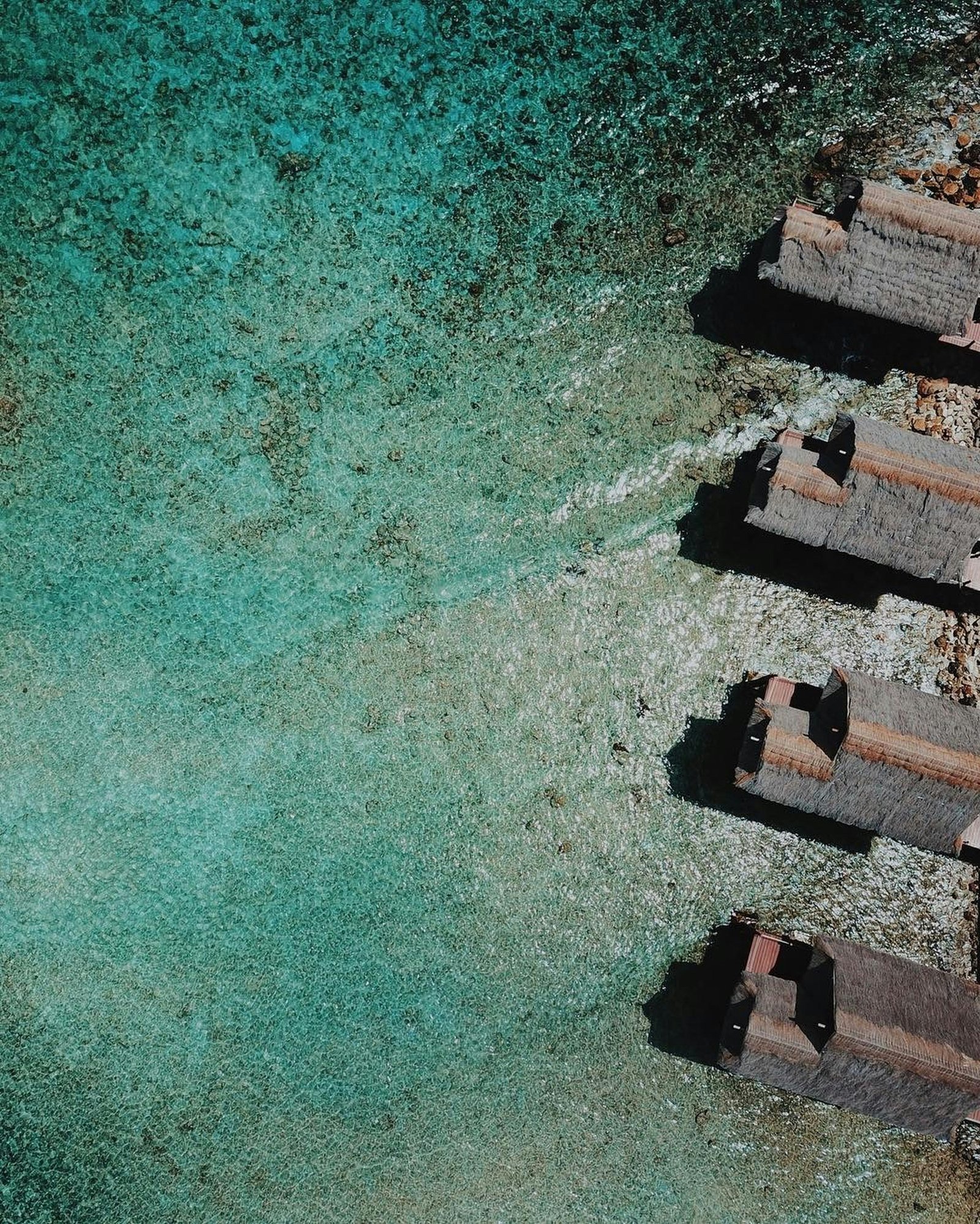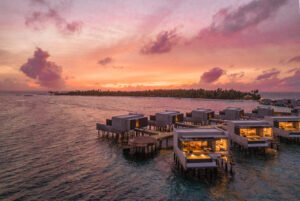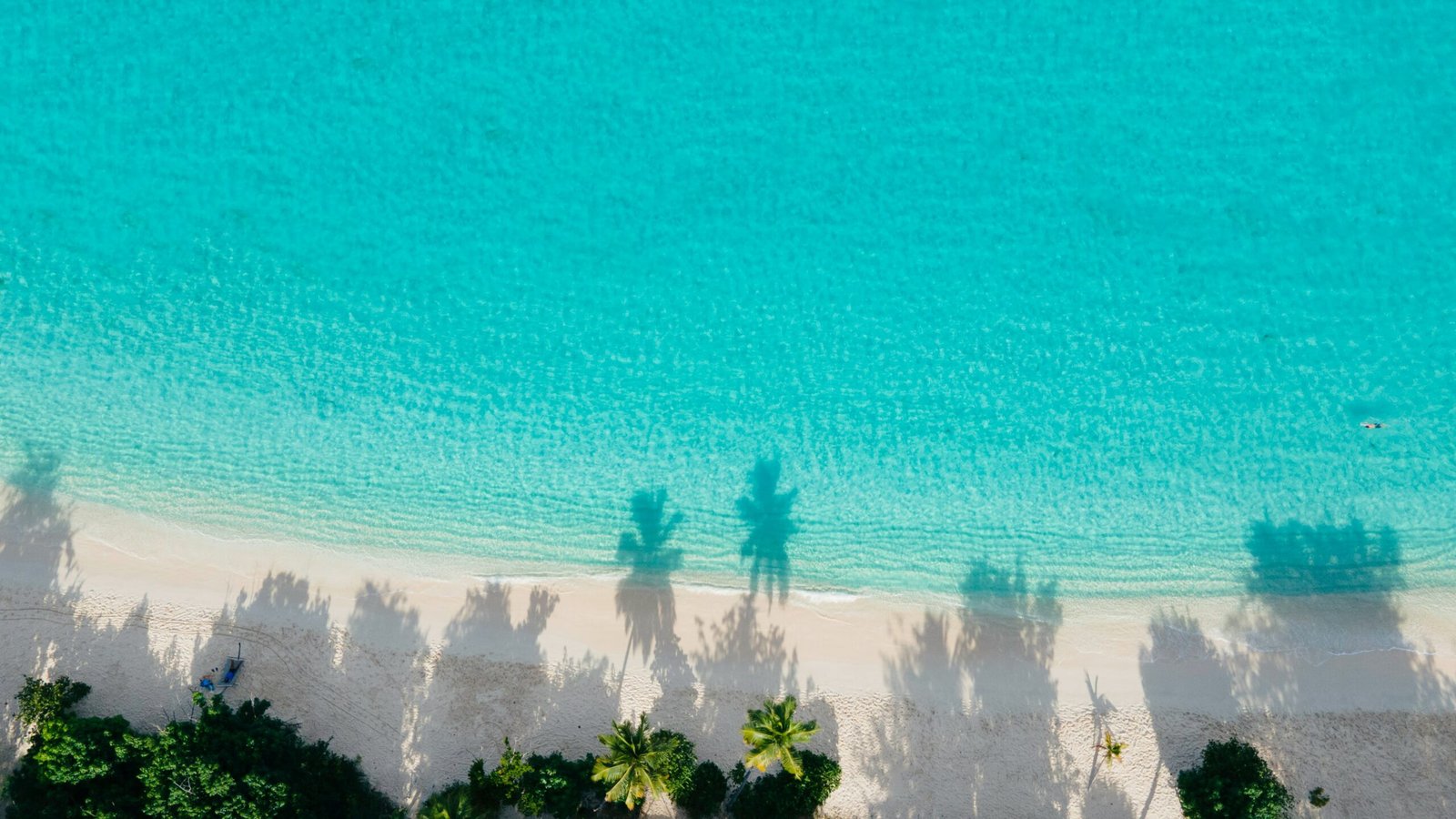Dive into Adventure: Where to Swim with Manta Rays in the Maldives
Introduction to Manta Rays and the Maldives
Manta rays, known for their graceful movements and large wingspans, are among the ocean’s most intriguing inhabitants. These gentle giants belong to the family Mobulidae and can reach sizes of up to 29 feet across. Manta rays are filter feeders, primarily consuming plankton, making them essential for maintaining healthy marine ecosystems. Their unique behaviors, such as “cleaning,” where they visit specific locations to have parasites removed by smaller fish, and their seasonal migrations, often covering vast distances, further demonstrate their intriguing role within oceanic environments.
The Maldives, an archipelago consisting of 26 atolls scattered across the Indian Ocean, is considered one of the world’s premier destinations for swimming with manta rays. The region’s rich biodiversity attracts not only visitors but also an array of marine life, including these majestic rays. With its warm waters, excellent visibility, and abundant food supply, the Maldives provides an ideal habitat for manta rays, particularly during the months of May to November, when they congregate in large numbers to feed in areas like Hanifaru Bay.
The geographical features of the Maldives significantly enhance the experience of encountering manta rays. The shallow reefs, clear lagoons, and nutrient-rich waters provide optimal conditions for divers and snorkelers alike. The distinct oceanic currents also play a vital role in the migration patterns of these magnificent creatures, drawing them to the area during feeding frenzies. The combination of rich marine life and favorable geographic conditions firmly establishes the Maldives as a top choice for those eager to swim with manta rays and witness these incredible animals in their natural habitat.
Top Locations to Swim with Manta Rays in the Maldives
The Maldives is renowned for its incredible marine biodiversity, making it a prime destination for those seeking to swim with manta rays. Among the various locations in the archipelago, several stand out for their accessibility, vibrant ecosystems, and optimal viewing conditions, making them ideal for both novice and experienced divers.
One of the most well-known locations is Hanifaru Bay, situated within the Baa Atoll, a UNESCO Biosphere Reserve. This area is particularly famous for its large gatherings of manta rays, especially during the southwest monsoon season, which runs from May to November. Visitors can expect encounters with numerous mantas feeding in the rich plankton waters. This location is accessible by speedboat from nearby resorts and offers a unique opportunity to witness these gentle giants up close while adhering to conservation guidelines.
Another popular site is Maaya Thila, renowned for its stunning coral reefs and abundant marine life. Positioned within the North Ari Atoll, swimmers can encounter manta rays year-round, with peak sighting times occurring from December to April. This site is easily accessible, making it a favorite among divers and snorkelers alike. The vibrant underwater scenery enhances the experience, allowing divers to appreciate the beauty of the Maldives while swimming alongside manta rays.
When selecting a dive operator, consider their safety record, the experience of the guides, and the type of equipment provided. It is advisable to bring essential gear such as a wetsuit for thermal protection and an underwater camera to capture unforgettable moments. Remember to check for operators that follow eco-friendly practices, ensuring the preservation of this stunning environment for future visits.
Best Time of Year for Manta Ray Encounters
When planning a trip to swim with manta rays in the Maldives, understanding the seasonal patterns is essential for maximizing encounters. Manta rays are known to congregate in specific areas during certain times of the year, making timing critical for travelers seeking an extraordinary marine experience. Generally, the best months for manta ray sightings in the Maldives are from May to November, coinciding with the southwest monsoon season, which influences both water conditions and marine life behavior.
During this period, particularly from June to September, the plankton bloom provides abundant food sources for manta rays, resulting in increased sightings. These gentle giants are often seen in cleaning stations around the atolls, where they gather to be cleaned by smaller fish, typically in shallower waters. This makes the experience not only visually stunning but also educational, as observers can witness the symbiotic relationships within the ecosystem.
In contrast, between December and April, the northeast monsoon brings calmer seas and is considered the peak tourist season in the Maldives. While manta rays can still be encountered during these months, sightings may be less frequent as they often migrate to different areas in search of food. Environmental factors such as water temperature, ocean currents, and food availability significantly influence the behavior and migration patterns of manta rays.
Travelers should consider these aspects when planning their visit for swimming with manta rays. Research and local dive operators can provide real-time insights for the best locations to see these magnificent creatures. Ultimately, by choosing to travel during the appropriate season, adventurers can significantly enhance their chances of memorable encounters with manta rays in the Maldives.
Conservation and Responsible Interaction with Manta Rays
The conservation of manta rays is of critical importance due to their vulnerable status in marine ecosystems. As majestic creatures that roam the waters of the Maldives, manta rays face numerous threats, including habitat degradation, overfishing, and the impacts of climate change. The significance of implementing effective conservation measures cannot be overstated, as these efforts help safeguard both manta rays and their habitats, ensuring that future generations can appreciate the awe-inspiring beauty of these animals.
Responsible interaction with manta rays begins with sustainable tourism practices that prioritize the well-being of marine life. When divers and snorkelers approach these creatures, it is essential to adhere to guidelines that minimize disturbances. Maintaining a safe distance, avoiding any sudden movements, and refraining from touching or chasing manta rays are fundamental principles during underwater encounters. Such actions foster a respectful relationship that promotes the natural behavior of the manta rays and protects their ecosystems from undue stress.
In addition to personal responsibility, divers and snorkelers have a vital role in supporting local conservation initiatives in the Maldives. Many organizations actively work towards preserving the marine environment, and participating in such programs can lead to positive change. Engaging in volunteer opportunities, donating to marine conservation efforts, or even becoming educated on the local ecosystem can significantly contribute to the sustainability of manta ray populations.
Moreover, eco-conscious travelers should consider the impact of their choices on the environment. Opting for tour operators that prioritize sustainable practices can ensure their adventures do not contribute to the decline of marine life. By establishing responsible interactions with manta rays, individuals can enjoy the exhilaration of swimming alongside these magnificent creatures while also playing a part in their conservation and the health of the surrounding ecosystems.







